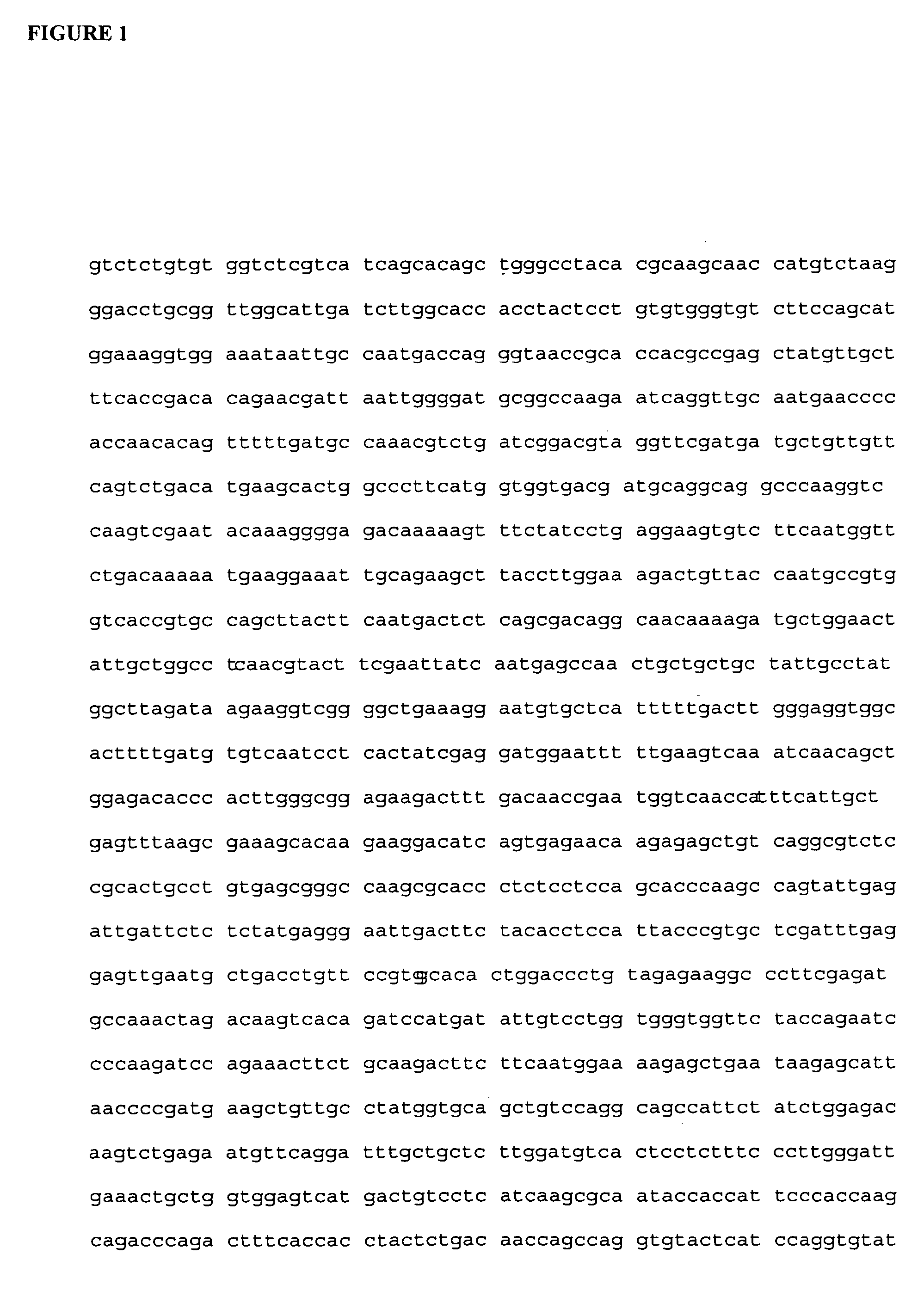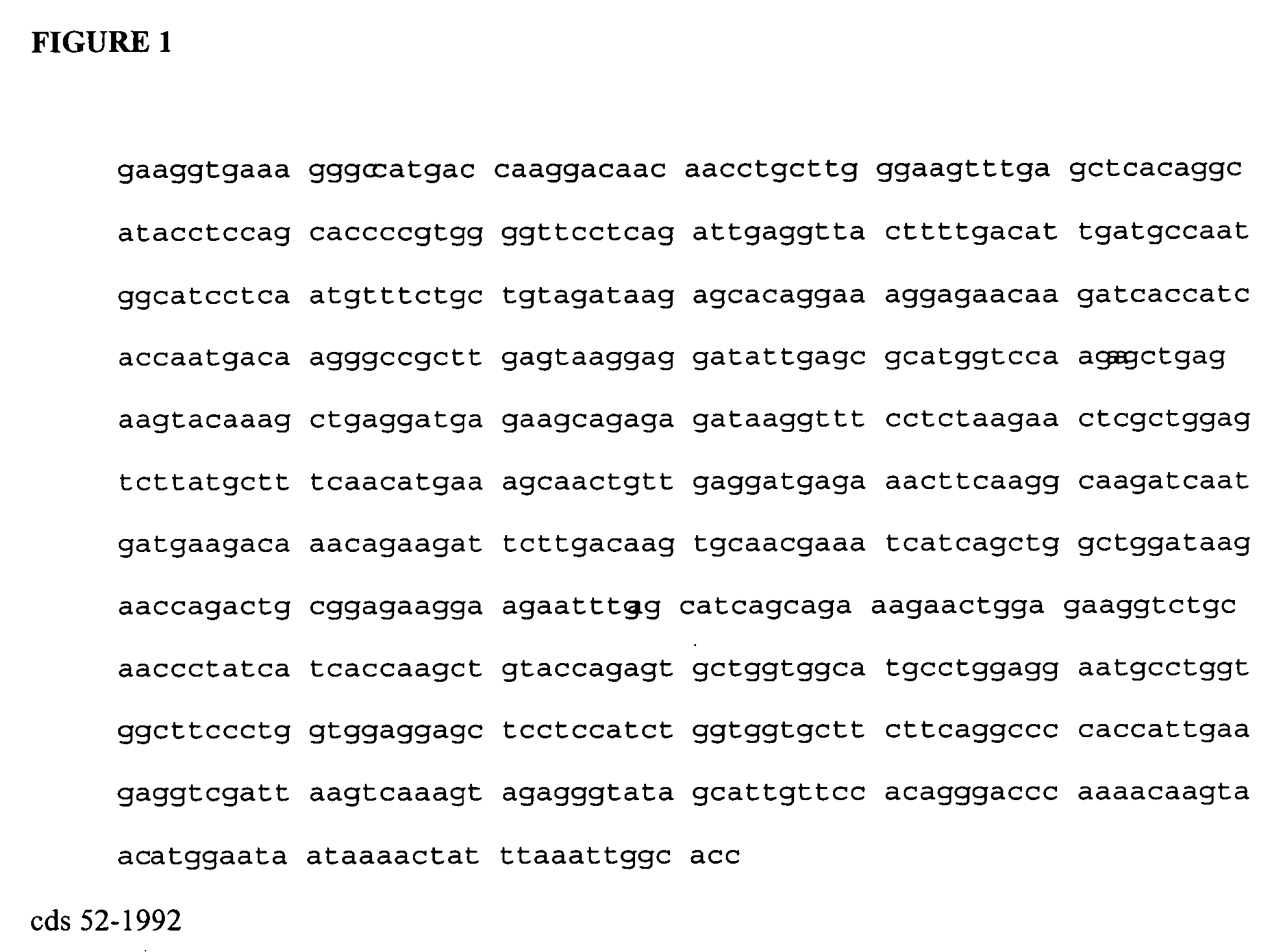Methods and compositions for the treatment of glaucoma and other retinal diseases
a technology for applied in the field of methods and compositions for the treatment of glaucoma and other retinal diseases, can solve the problems of unproven efficacy of gga in neuronal tissue or retinal neuron cells in particular, and the effect of gga in a relevant animal model of retinal degeneration has never been investigated
- Summary
- Abstract
- Description
- Claims
- Application Information
AI Technical Summary
Problems solved by technology
Method used
Image
Examples
example 2
Protection of RGCs by Administration of GGA
[0113] The baseline TOP in the awake rats was 15.0.+-.0.6 mmHg as measured by Tonopen (FIG. 4; n=53). Increased TOP was sustained for 5 weeks, with a maximum of 25.6.+-.1.0 mmHg at 4 weeks. The relative increase of IOP at 5 weeks compared with the contralateral eyes was 66% (P=0.001). In the GGA group, the increase of TOP at 5 weeks compared with contralateral control eyes was 82% with a maximum of 27.6.+-.1.2 mmHg. In the group in which quercetin was co-administered with GGA, there was a 59% increase of TOP with a maximum of 25.0.+-.1.7 mmHg compared with the contralateral eye. There were no statistically significant differences between the TOP course of the groups that received vehicle, GGA or GGA and quercetin.
[0114] The body weights of rats in the vehicle, GGA, and GGA with quercetin groups were monitored (Table 2). From the first day of saline injection (1 week before the first trabecular laser photocoagulation) to euthanasia (5 weeks ...
example 3
Inhibition of Cell Death by GGA
[0118] TUNEL staining was performed to label dying cells (FIG. 7B is shown as representative) in retinas with elevated IOP. The number of TUNEL positive cells in the RGCL were counted and compared to evaluate the effect of GGA (FIG. 5C). After 1 week of TOP elevation, the number of TUNEL positive cells in the RGCL was 1.24.+-.0.29 per retinal section and was statistically significantly higher than the control groups treated with vehicle (P=0.026), GGA (P=0.008) or GGA with quercetin (P=0.017). The administration of GGA significantly reduced the number of TUNEL positive cells to 0.53.+-.0.11 per retinal section. (P=0.02), corresponding to a 57% inhibition of cell death after 1 week of IOP elevation. The number of TUNEL positive cells of quercetin-treated retinas with IOP elevation and GGA administration was 1.37.+-.0.31 per retinal section, similar to the vehicle-treated retinas with IOP elevation.
[0119] Quantitative analysis of immunoreactive intensity...
PUM
 Login to View More
Login to View More Abstract
Description
Claims
Application Information
 Login to View More
Login to View More - R&D
- Intellectual Property
- Life Sciences
- Materials
- Tech Scout
- Unparalleled Data Quality
- Higher Quality Content
- 60% Fewer Hallucinations
Browse by: Latest US Patents, China's latest patents, Technical Efficacy Thesaurus, Application Domain, Technology Topic, Popular Technical Reports.
© 2025 PatSnap. All rights reserved.Legal|Privacy policy|Modern Slavery Act Transparency Statement|Sitemap|About US| Contact US: help@patsnap.com



